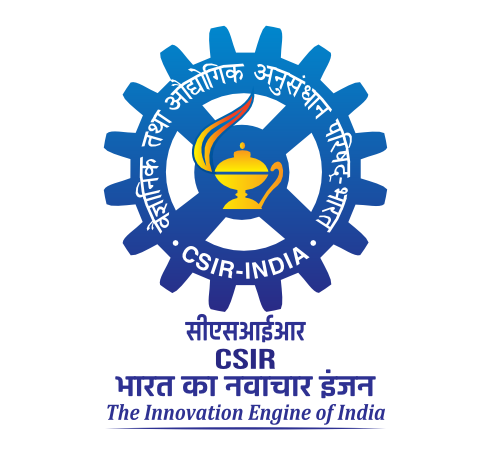Diet-induced hypercholesterolemia alters liver glycosaminoglycans and associated-lipoprotein receptors in rats.
Kiran, G. and Prasada Rao, U. J. S. and Salimath, P. V. and Nandini, C. D. (2017) Diet-induced hypercholesterolemia alters liver glycosaminoglycans and associated-lipoprotein receptors in rats. Journal of Physiology and Biochemistry, 73. pp. 539-550.
|
PDF
J Physiol Biochem (2017) 73539–550.pdf - Published Version Restricted to Registered users only Download (1MB) |
Abstract
Glycosaminoglycans (GAGs) play an important role in lipoprotein metabolism. In liver, it facilitates the uptake of remnants through receptor-independent endocytosis. However, changes in liver GAGs during diet-induced hypercholesterolemia with normal levels of fat feeding are unknown. Present paper highlights the effect of dietinduced hypercholesterolemia with normal levels (5%) of fat on liver GAGs and other associated lipoprotein receptors. Hypercholesterolemia was induced in rats by feeding diet supplemented with 0.5% cholesterol and 0.125% bile salts. Hypercholesterolemia showed significantly decreased GAGs of both heparan sulfate (HS) and chondroitin sulfate/dermatan sulfate (CS/DS) classes of molecules. Quantitative real-time polymerase chain reaction analysis of GAG biosynthetic enzymes and other genes revealed significant changes in expression profile. The decrease in GAGs was prevented by simvastatin treatment; a drug that inhibits endogenous cholesterol synthesis that was used as a positive control in our study. Furthermore, there was a comparatively decreased binding of GAGs from hypercholesterolemic rats to lipoprotein lipase. LRP1 which plays a major role in lipoprotein uptake was also significantly decreased, and it was attenuated in simvastatin-treated hypercholesterolemic rats. Furthermore, LDLR and ApoE were also decreased significantly in liver of hypercholesterolemic rats. Thus, diet-induced hypercholesterolemia results in dysregulation of cholesterol homeostasis apparently through changes in GAGs in conjunction with other associated players.
| Item Type: | Article |
|---|---|
| Uncontrolled Keywords: | Chondroitin sulfate/dermatan sulfate . Diet-induced hypercholesterolemia . Glycosaminoglycans . Heparan sulfate . Liver |
| Subjects: | 500 Natural Sciences and Mathematics > 04 Chemistry and Allied Sciences > 28 Polysaccharide Chemistry 600 Technology > 01 Medical sciences > 04 Diabetes Mellitus |
| Divisions: | Dept. of Biochemistry |
| Depositing User: | Food Sci. & Technol. Information Services |
| Date Deposited: | 21 Nov 2017 05:49 |
| Last Modified: | 21 Nov 2017 05:49 |
| URI: | http://ir.cftri.res.in/id/eprint/13139 |
Actions (login required)
 |
View Item |

